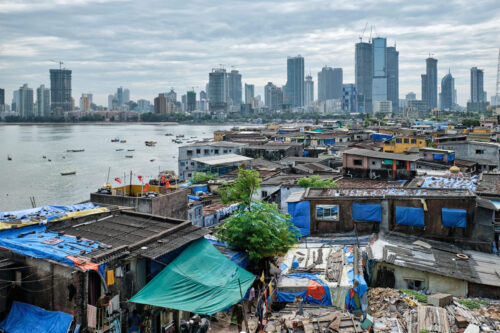Climate-Related Migration: Challenges and Opportunities in Urban Destinations
Climate-related migration is increasing the scale and, in some cases, changing the patterns of migration. In addition to the need for supporting adaptation in sending communities, there is an imperative to better prepare for and support migrants in urban destinations.
